Author Azartash Azarnush, academics Kamran Fani and Asgar Bahrami, and several other scholars attended the session, the Persian service of CHN reported.
“The book provides readers with facts from several strata of Iranian history,” session secretary Fatemeh Haj-Mohammadi said.
“It is an in-depth survey of the history of the Arab invasion of Iran and describes battles between Arab rulers and Iranians in various parts of our country. On the other hand, it also discusses many historical facts about the role of Iran’s political and cultural figures of the time,” she added.
The quality of relations between the Arabic and Persian languages is the most important issue discussed in the book, Haj-Mohammadi noted.
The book explains how Iran’s first Arabic-Persian translation centers were established and how the modern Persian script was developed over a four-century span beginning from the time of Salman-e Farsi (seventh century CE), she stated.
Azarnush, who is a professor at Tehran’s Imam Sadiq (AS) and Tarbiat Modarres universities, was asked whether his book is a requiem for the obsolescence of the Persian language or is meant to express the power of the Arabic language.
He said, “I don’t agree with the idea that the Arabic language has overwhelmed (the Persian language).
“The Persian language has had an active and dynamic presence over the centuries, but no one has talked about this aspect of the Persian language.
“I meant to scrutinize the origins of the first developments of the Persian language that came after the Sassanid era. I should refer to the late (Hossein) Zarrinkub’s ‘Two Centuries of Silence’, which recognizes the scholars’ silence on the vitality of the Persian language in those times.
“Many problems begin to surface when you decide to study this subject. One of them is the problem of sources -- most of them were written from a dogmatic point of view and some were written on the orders of the caliphs and governors. Thus the Persian language has remained neglected here.”
Haj-Mohammadi explained that the book argues that the Arab rulers began to learn Persian when they captured Iranian cities while some other sources say that the Arabs used the sword to force Iranians to learn and speak Arabic.
“The Arabs didn’t come to Iran to teach Arabic. They even didn’t come to convert Iranians to Islam. They even encouraged Iranians not to become Muslims, because this way the rulers could receive jizyah (the tax on non-Muslims). The Arabs spoke various dialects and there are many documents which show the rulers learned Persian and they would even speak Persian with their servants,” Azarnush said.
“It was hard to understand the Persianized Arabic language used by some Iranian poets and scholars of the time. It was such a Persianized Arabic language which influenced our literature; for a period it made the Persian language more profound and in another period caused harm to it.”
Fani praised Azarnush’s book for its style and structure, saying, “Unlike many sources about the history of relations between Iranians and Arabs, the book avoids making judgments and the author has neutrally discussed the subjects and left the final judgment to the readers.”
Bahrami described the number of sources used for writing the book as amazing and noted, “Azarnush has read all the books in their entirety. I believe that his book is the beginning of a new look at the clashes between the Arabic and Persian languages.”
According to Bahrami, these clashes began during the 10th century CE.
“Prior to this time, the Arabic terms were only used in philosophical and scientific fields, but the nationalization of the government and the Persian language’s revival and new forays in the period brought increased pressure to replace Persian terms with Arabic words,” he explained.
Azarnush lamented the fact that some scholars regard the translation of Persian sources into Arabic as a factor which preserved the Iranian culture.
He said that they have a tendency to generalize an achievement from a short period to a long one.
“In writing this book, I tried never to scrimp and I never gave the subject short shrift… I hope the students of the Persian and Arabic languages take a new look at these fields… This book is not the end of the road,” he said in conclusion.
Azarnush, 81, is a linguist and expert on Arabic literature. He obtained two Ph.D. degrees while studying in France.
He has been the director of the Arabic Department of the Center for the Great Islamic Encyclopedia in Tehran since 1986.
Azarnush is the author of dozens of books and over 200 articles on Arabic literature.
MMS/AP/HG
END
MNA

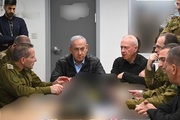



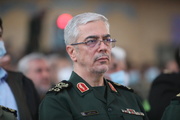



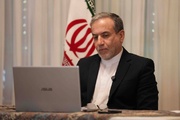
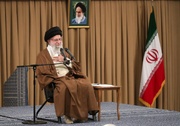
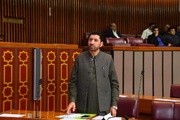
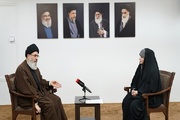
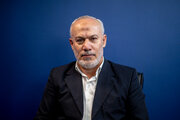
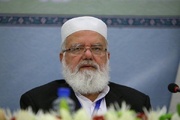
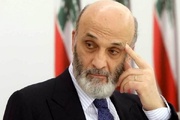
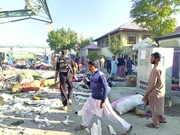
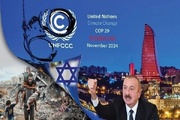

Your Comment